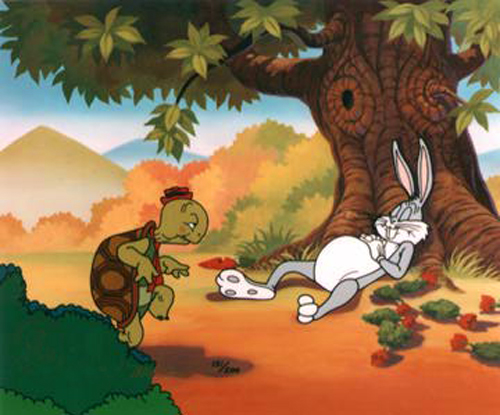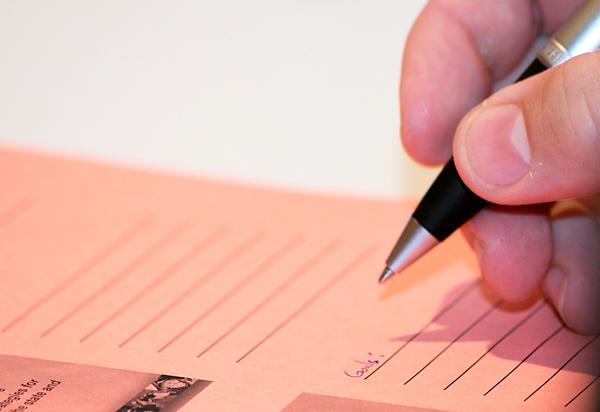With A-One being turned off the clocks exercise, I re-read
Norman Doidge's
summary of the Arrowsmith school approach. A-One had been zooming through the 3-handed clocks, and had elected to go straight to Legendary level for his latest X-Box game, so I thought he might respond more positively to a greater challenge.

I decided to create a page of 5-handed clocks with the hands already on them. That meant that A-One had to
read the times rather than
write the times. Where the
Arrowsmith school uses 1/60th second for the 4th hand, I instead used milliseconds and microseconds on two 'sub-' clocks within the main clock, because milliseconds and microseconds have practical application. I showed them to A-One after I had printed them out, and he once again stated emphatically that he wasn't going to do them.
I let that go so that A-One could do his
Lumosity training first. I noticed that he's starting to use the 'pause' button on some of the games. Even though the image disappears during a pause, it gives him time to think. Also for one of the games, whenever he made a mistake, instead of continuing on with the game he went back to the start each time. So it seems to me that he is becoming 'hooked' on achieving good scores.
He's now over the 15th percentile overall, and his speed is over the 45th percentile. Memory and attention are around the 20th percentile, and flexibility a bit lower than that. Today he went down in problem solving, to less than the 2nd percentile. I've told him he needs to relearn his tables and number facts to improve on this one.
When he and his sisters were young, I used to play songs of tables in the car to school every day, and once upon a time he knew them all. At school the children weren't drilled on their tables like we were when I was at school, and I don't think any of my children would have learnt their tables but for those songs. For them it seems to have been use it or lose it.
I raised the new clocks exercise again:
A-One: No! I don't need to do them! I'm not going to do them! Two hands are all you need to read a clock ... I'm going to the toilet.
Fifteen minutes later (I measured it this time), he came back to resume his computer game.
Mum: Can I just show you how these clocks work, without you doing the exercises?
A-One: Alright.
I explained a millisecond, and a microsecond.
A-One: What do you need those for?
Mum: They are usually used in science, in laboratories, and sometimes to measure how long it takes to access data on computer discs.
Using the first clock as the training example, he made an error reading the hour hand but was able to correct himself when I pointed it out. He was willing to read the time on the second clock too.
Mum: How about the next one?
A-One: No! No more today!
Mum: How many milliseconds in a second?
A-One: 1000
Mum: How many microseconds in a millisecond?
A-One: 1000
Mum: Fantastic! You know, you're not slow in picking this up. Do you remember when you first started this only a couple of weeks ago that you didn't even know how to read the half hour? And look what you can do now! All you need is practice so that you can do it quickly. Like swimmers - most people know how to swim, but it's those who train and train who swim really fast.
By that stage I was talking to one ear - the other was already under the headset.






























